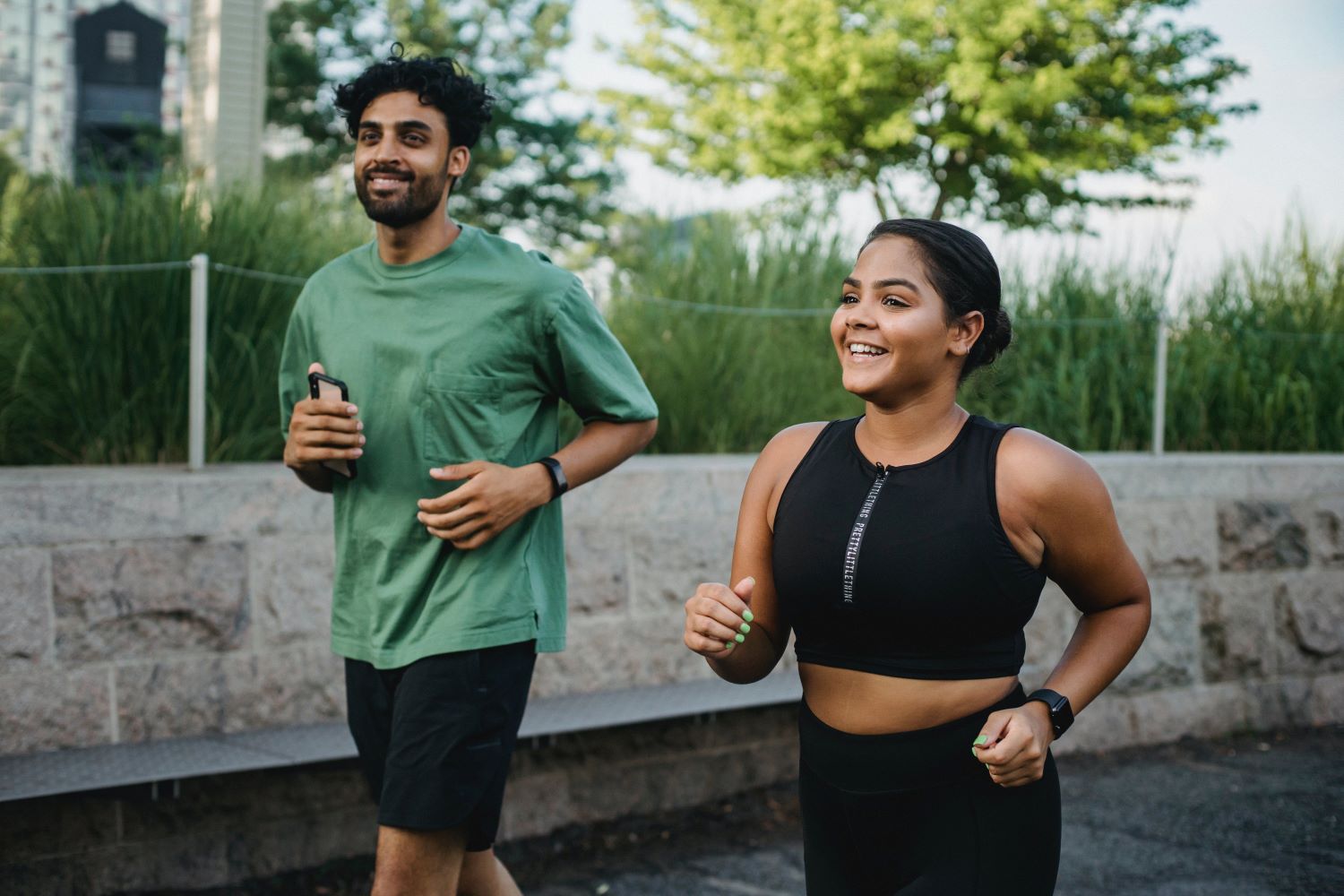Opinion | Tuesday, 18th June 2019
Women’s World Cup: how to fuel for football
Sports Nutritionist James Cameron on what players eat and drink to be at their best

By James Cameron, Lecturer in Sports and Exercise Nutrition
Anyone who has ever gone for a run in the sun or tried exercising abroad will know – demands on the body change in the heat.
When we contract our muscles, a lot of that energy is dissipated in heat and our body gets rid of this – you'll see capillaries in your face and your skin light up, dissipating heat along the way. The other way is bringing fluid to the surface and sweating. But as it gets hotter, it's harder to dissipate this heat.
If we're looking at performing in Manchester it's usually a bit cooler, generally we don't sweat quite as much and our fluid demands are less. If you look at the south of France – where some of the World Cup games are played – you may be exercising in 30, 35 degree heat. As you might imagine, it's a lot more difficult.
This is where you may have seen players in past World Cups in hot countries: the tempo of the game is slower because you are just not able to maintain that pace for 90 minutes or longer.
The aim for players is to maintain fluid levels and one way we can manage this is through sweat rates. This is where we might weigh somebody before they do exercise and weigh them afterwards. From that, we're able to determine fluid losses and work out their sweat rate per hour.
We also take things like electrolyte balance into account: how much sodium players are losing and how much of this needs replacing to restore fluid balance. The idea is to maintain this during a game for optimal performance.

You'll now see players will each have different water bottles and you may spot them looking to see the bottle with their name on it. They’ll have their set carbohydrates that they require during the game but also the different electrolytes because people lose them at different rates. This is unique to each player and their physiology, hence the different bottles.
After the game, sports nutritionists will look at how much weight has been lost. The idea is to replace 120% to 150% of the weight lost with fluid because you still lose fluids after the game. We also aim to minimise losses between 1% and 2% of body weight as after this we see a drop in performance.
But what should they drink after the game? Well, alcohol will make you more dehydrated and caffeine has different impacts depending on a person’s caffeine habit.
The best thing to have? Milk.
A skimmed milk drink will help players to rehydrate better because of the electrolyte balance. Milk retains a better mix of sodium and a bit of protein and carbohydrates, which then get taken up into the body. Chocolate milk could be even better because to some it tastes better and has a little bit more carbohydrates to replenish lost glycogen.
The ultimate aim of performance nutrition is to rehydrate, replenish and repair. The replenished part is getting those carbohydrates back and then replenishing the stores of carbohydrate that players have used up during the game. The repair part is getting some protein as well to repair the damage that's happened to the muscles.
Half-time orange?
Generally, it will just be a certain amount of food on game day that they're comfortable with and that they're used to having. This is especially important when you go abroad where there may be unfamiliar foods. Players will want to eat familiar foods to stop gastrointestinal (GI) distress. You may have seen it with cricketers when they travel on long tours abroad where they may have issues with dehydration because they've eaten something that's not familiar.
With World Cup squads, they will have a nutritionist to go and speak to the hotels they’re staying at, they may bring over food themselves and they may have a chef as well to prepare the food and put the menu plans in place.

A lot of people get the idea that the players have to eat exact strict diets and they're very restrictive. But you may find footballers are having pancakes and syrup on the morning of a game – easily digestible carbohydrates that just top up their fuel reserves for the game.
Usually, football players would be eating a meal up to two hours before a game and generally have a snack about an hour before, such as a banana, and a sports drink. I like to call it the beige diet – lots of pasta, maybe some tomato sauce or a baked potato. You don’t want sauces that are creamy or that carry a lot of fat, and there won't be huge mounds of cheese going on!
Food for thought
Players might have some caffeine beforehand because that does help performance. They won’t really need any carbohydrates for the first 45 minutes or 60 minutes, they can rely on the glycogen stores in the muscles and blood for that time, but after that they may need some carbohydrates.
You may see players ‘mouth rinsing’ – swilling drink in their mouth and spitting out – which elicits a positive effect with both caffeine and carbohydrate. The mouth’s receptors will send signals to the brain that caffeine and carbohydrates are on their way, giving the body a boost, even if they aren’t fully ingested.
In a tournament like the World Cup, you get extra time and that's where players really need to stay on top of hydration and make sure that they've got enough carbohydrates to maintain performance. In football, there are lots of repeated sprints so players use up energy quite quickly and that’s when things like fatigue start to creep in.
There is where the nutritionist and coaches should work together to maintain winning performances, remembering the three Rs: repair, replenish and refuel.




